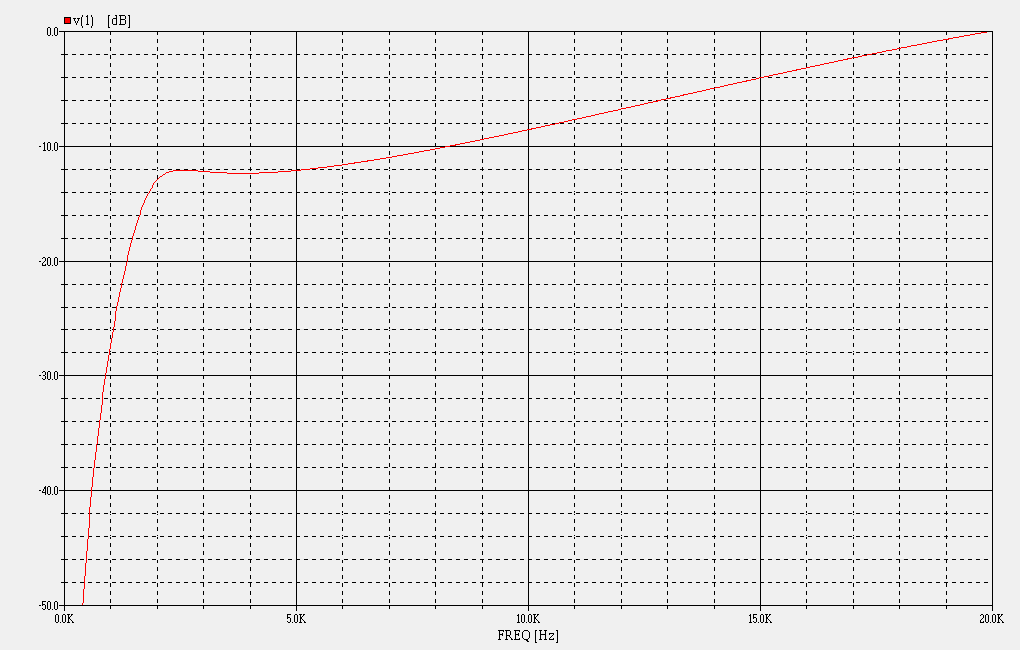| Attenuator/Compensator [message #44129] |
Tue, 09 March 2004 16:31  |
 dlawter
dlawter
Messages: 1
Registered: May 2009
|
Esquire |
|
|
In looking over your crossover document I'm a little confused by your choice of parts for the attenuator. Your diagram shows R1=16 and R2=25 ohms for 12db attenuation but for an 8 ohm crossover I would use 6 ohms and 2.68 ohms instead. I would also reverse the order of them, putting the parallel resistor closest to the tweeter. It looks like what you have will load the crossover improperly like having a 16 ohm driver on an 8 ohm crosover. What gives?
|
|
|
|
| Re: Attenuator/Compensator [message #44130 is a reply to message #44129] |
Tue, 09 March 2004 17:57  |
 |
 Wayne Parham
Wayne Parham
Messages: 18685
Registered: January 2001
|
Illuminati (33rd Degree) |
|
|
As you may have noticed in the π crossover document, I did the design work with Spice, and developed the circuit to provide a specific response curve. This is accomplished by setting the Q of the crossover/voice-coil circuit. It is purpose-designed to provide a specific amount of peaking, so that the response curve is shelved. This gives flat response up to about 6kHz, where it begins to rise.
Using resistors as a voltage divider that totals 8 ohms across the input leads is a good option in many cases. That's the way most people form an L-Pad. It makes the load act more nearly like an 8 ohm resistor throughout the band, and the shunt value provides a lot of damping for the circuit. So that's generally an improvement over a speaker circuit that contains no damping resistors. In my opinion, if a loudspeaker has a voice coil and its crossover has a capacitor, it usually makes sense to have a Zobel or a shunt resistance to damp the circuit.
But with a compression horn, what we're doing provides compensation for the response. We want the compression horn to be sent a signal having rising response, but we also want a specific amount of damping so the first couple octaves are flat. This is essentially the same thing as an EBS alignment for a woofer, but in this case, we're doing it with electronics in order to provide EQ for the compression horn.
The circuit acts as attenuator, response (EQ) compensation and damper, all in one. There are several configurations that provide this sort of response, and a range of suitable values for each one. I highly encourage you to model the circuit using various component values in Spice, and then to measure the circuit with a sweep.
 Response curve of the π crossover tweeter output Response curve of the π crossover tweeter output |
|
|
|







